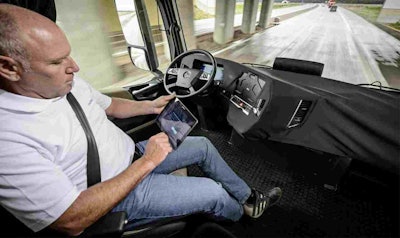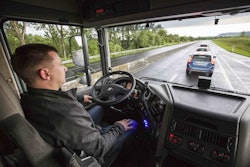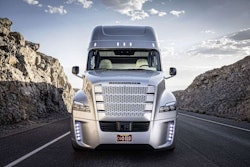
I don’t mean investments in the development of the technology itself, necessarily, though that likely would aid private sector initiatives. Rather, investments in infrastructure, as both the federal government and state governments hold the keys to a huge piece of the autonomous puzzle: The highways themselves and the infrastructure surrounding them.
Smart investments there could help the private sector usher in the autonomous age much quicker than forcing companies like Google and Daimler to develop 21st century vehicles to operate on 19th Century infrastructure (America began paving roads in the late 1800s.).
The task at hand for companies leading the autonomous charge, which includes tech companies like Apple and Google along with traditional automotive players like Daimler, has been to make the vehicles operate within the existing infrastructure.
Automated vehicles like Freightliner’s Inspiration are not making operating decisions based on telematic connections to smart highways or vehicle-to-vehicle communication. They instead rely on a combination of sensory inputs like lane markers, road signs, radar, cameras and GPS mapping to do the job.
Substitute mirrors for cameras in that list and it’s essentially the same few directives human eyes and brains use behind the wheel to operate a vehicle manually.
Two recent news items out of the White House, however, show at least some interest in a unified approach to managing the advent of the autonomous era and a potential starting point to broader government interest in advancing such technology.










